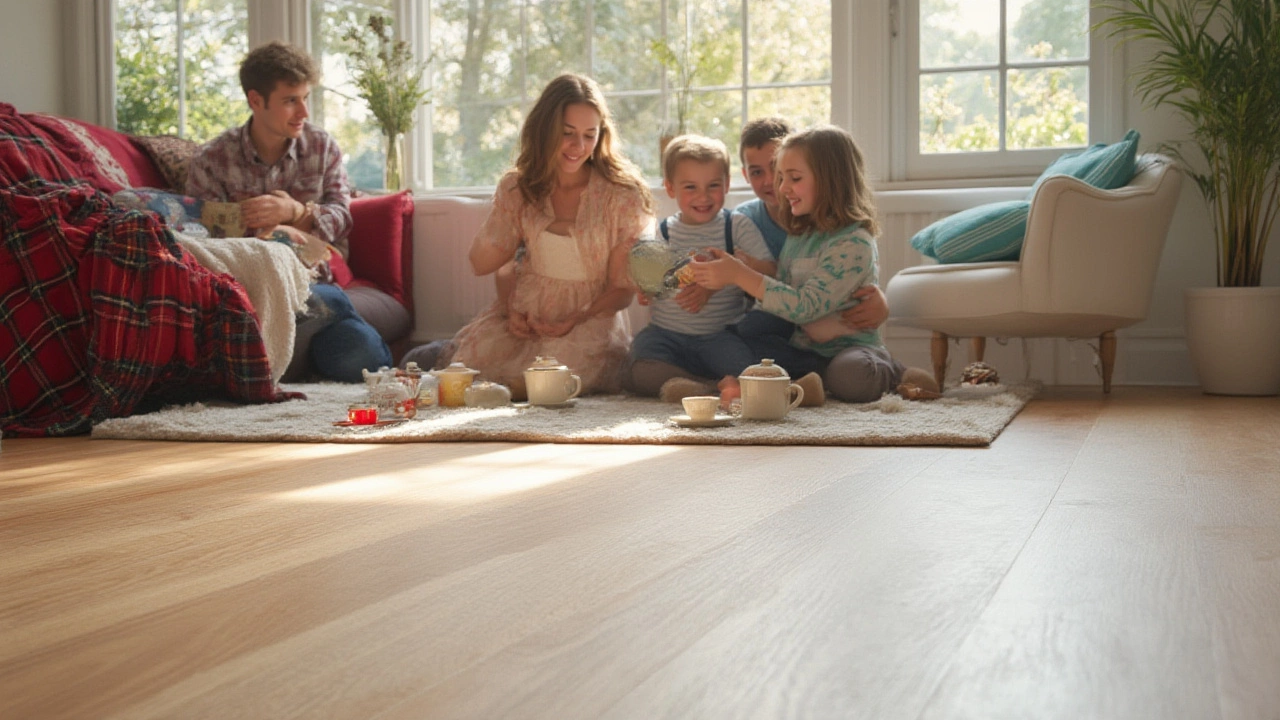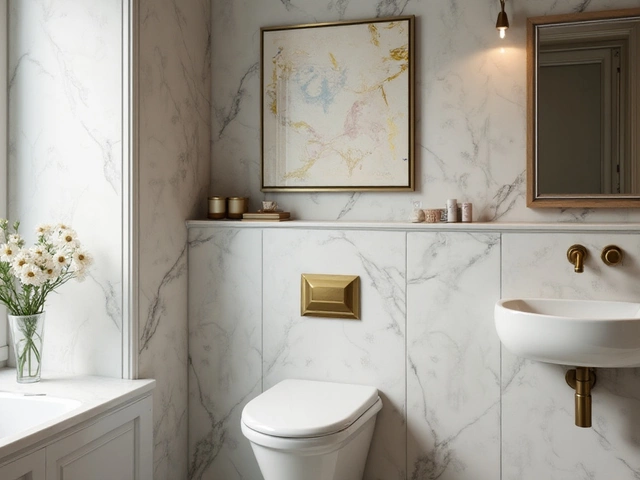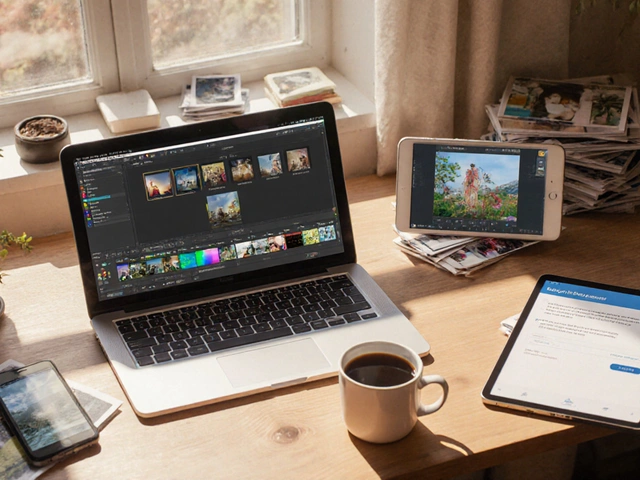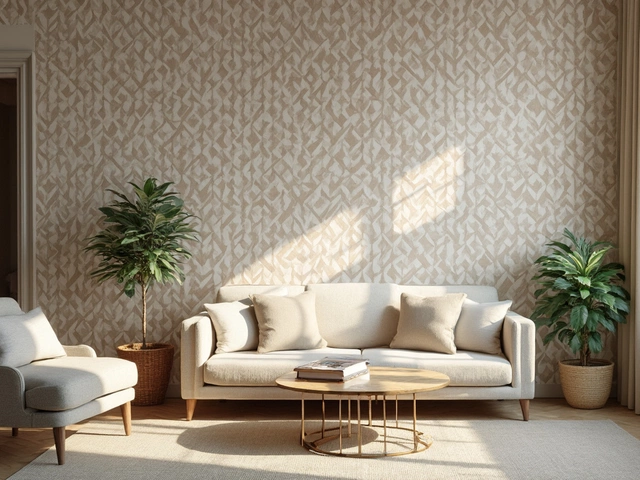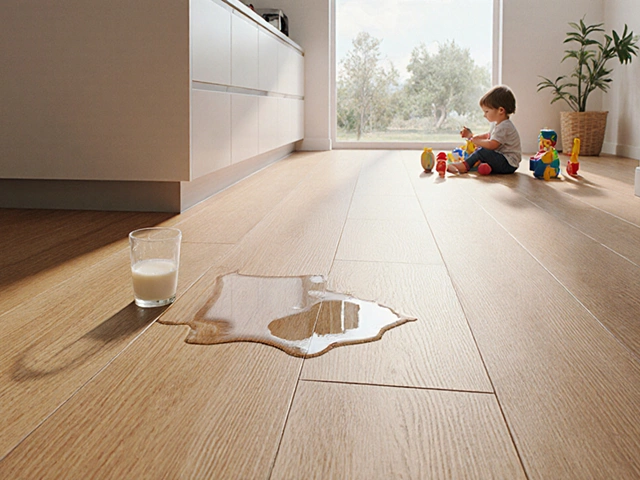Affordable Flooring Ideas That Won’t Break the Bank
If you’re sprucing up a room and the price tag scares you, you’re not alone. Good flooring doesn’t have to cost a fortune – you just need to know where to look and what works best for everyday life. Below you’ll find the most popular low‑cost options, what they’re good at, and how to save even more when you install them.
Low‑Cost Materials That Look Good
Laminate flooring is the classic budget hero. It mimics wood, stone or tile with a printed surface and a tough wear layer. Prices usually sit between £10‑£20 per square metre, and installation can be a weekend DIY job thanks to the click‑lock system. The downside? It doesn’t handle water as well as real wood, so keep it out of bathrooms and basements.
Luxury Vinyl Plank (LVP) has been stealing the spotlight. It feels more like real wood underfoot and handles spills better than laminate. A recent Home Stories guide shows LVP can run £15‑£30 per square metre, with the added bonus of being softer and quieter. It’s a great choice for families with kids or pets, and you can even lay it over existing floors in many cases.
If you love the look of stone but hate the cost, vinyl sheet or patterned porcelain tiles on a budget are worth a look. Vinyl sheet can be bought in rolls for under £10 per square metre, and it’s easy to cut yourself. Porcelain tiles are pricier per piece, but sales and bulk buys can drop the cost to a similar range, especially if you choose a simple, large‑format design.
Don’t overlook engineered wood on sale. While still a bit pricier than laminate, sales can bring it down to £25‑£35 per square metre. It gives the real wood feel and can be sanded once, extending its life.
Saving Tips and Installation Hacks
Buy **off‑cuts** or **factory seconds**. Many suppliers have leftover pieces at a fraction of the price – perfect for small rooms or filler strips.
Plan your layout before you cut. A straight‑run pattern reduces waste. Use a tape measure, chalk line, and a good utility knife – cheap tools that save money.
Consider a **floating floor**. With click‑lock laminate or LVP, you can avoid glue or nails, which cuts both material costs and labor time.
Reuse old flooring as a sub‑layer. If the existing floor is level, you can often lay laminate or LVP directly on top, skipping a pricey underlay.
Shop end‑of‑season sales. Home improvement stores slash prices in late summer and early winter to make room for new stock. Sign up for newsletters to get alerts.
DIY or hire a friend. A day of your time is cheaper than a contractor’s hourly rate. Just watch a quick YouTube tutorial – Home Stories has several step‑by‑step videos that walk you through the process.
Finally, think long term. A slightly more expensive floor that lasts 15 years beats a cheap one that needs replacing in five. Factor durability, cleaning needs, and how much traffic the room gets when you compare prices.
Bottom line: you have plenty of affordable flooring options that look great, stand up to daily wear, and keep your wallet happy. Choose the material that matches your room’s use, grab some off‑cuts, and roll up your sleeves – a fresh floor is within reach without breaking the bank.

